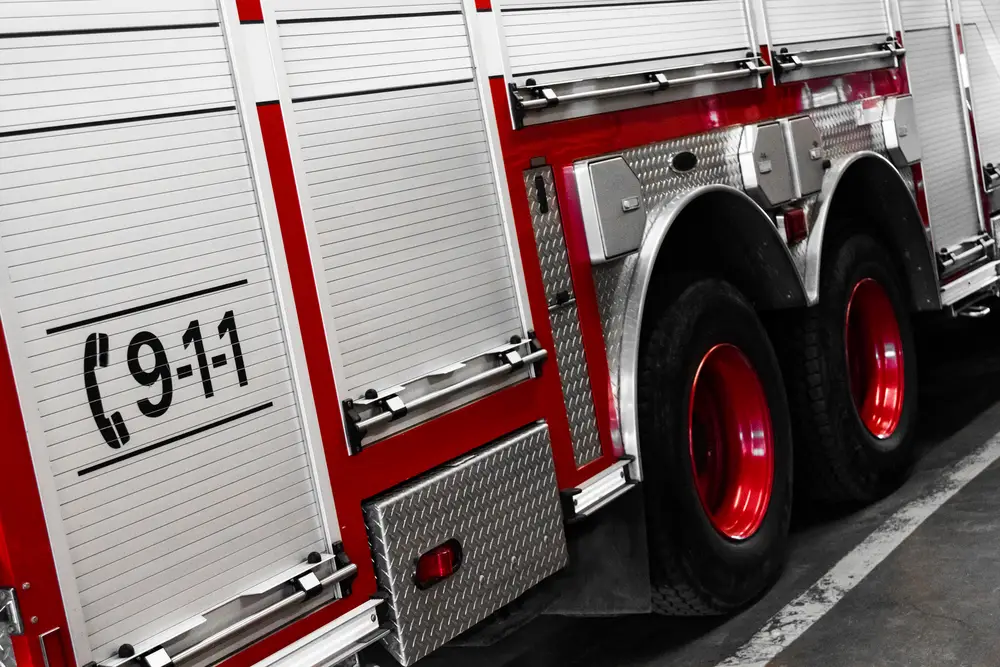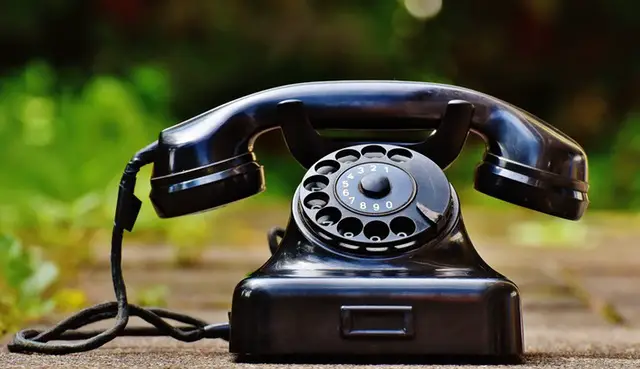The number 911 is used for emergencies in North America, but why is that particular number used, and how did it all start?
The original 911 system began in the late 1960s, but the earliest system in the United States for someone to make a request for emergency assistance started just after the turn of the 20th century. The communications company, Ericsson Incorporated, developed a portable phone handset and crank in the early 1900s so people could communicate an emergency.
Their device used two metal hooks that were placed on bare phone wires to form a connection. The hand box was then cranked, a connection was made, and it was hoped that someone would answer the signal on the other end of the line. While it was a crude beginning to an emergency communication system, it was credited with success in reporting a train robbery around 1907 that led to the arrests of the criminals.
It took a series of tragedies to get to the basic 911 system we know today. The most prominent was the sinking of the Titanic in 1912, which highlighted the need for better disaster communications. Radio communications were regularly used between ships, but when the Titanic had signaled an emergency, it was never received by the nearest ship because the radio operator was off duty.
In response to the disaster, the United States Congress passed the Radio Act of 1912. It required that all ships at sea had to have a radio operator on duty at all times so a possible distress call wouldn’t be missed. The passing of the Radio Act established a connection between the government and emergency communications.
It would be more than 50 years before the basic 911 service would be implemented, however. Prior to that time, if someone had an emergency, the person would dial zero to get an operator. It became apparent that the operators weren’t specifically trained to handle an emergency situation, and they didn’t have the necessary tools to answer or handle an emergency call effectively.
In response to these problems, the National Association of Fire Chiefs recommended a single telephone number to report fires in the 1950s. The request was never implemented, but it did highlight to the government the inadequacies of the current system.
In 1967, a report from the Commission on Law Enforcement and Administration of Justice under President Lyndon Johnson recommended that citizens should be able to contact police departments using a single number. In January 1968, AT&T announced that 911 would be the universal emergency number. The first 911 call was made by Senator Rankin Fite the next month in Haleyville, Alabama. It wouldn’t be until 1999 and the signing of the Public Safety Act that 911 was officially designated as the nation’s emergency number.
But why was the number 911 picked to be used in an emergency in the first place? AT&T designated the numbers 9–1–1 because they wanted a number that was short and easy to remember, and one that hadn’t been used as an area code. Since rotary phones were the main phones being used at the time, a shorter number was also a lot easier to dial.
The 911 system allowed local control over emergency communications, but by the early 1970s, 911 operators were beginning to see the value of having a person’s name, phone number, and address show up when a person called in an emergency. This led to the Enhanced 911 system in the mid-1970s. This allowed a call to be routed to the proper authorities, it identified the location, and it also identified the number.
With the rise of cell phones, however, the ability of a precise location has become a problem. According to a 2015 report by USA Today, many places in the country report that the location of an emergency call is not showing up accurately. Operators can sometimes only locate the cell tower that was used for the call.
In California alone, just under 50% of the calls included a location. Since more than 70% of 911 calls originate from cell phones, the government has proposed a new 911 system called Next Generation 911. The technology is in place for the new system, but it has not yet been implemented.
While 911 is the emergency number for North America, in the United Kingdom, the emergency number is 999. The United Kingdom’s emergency number is actually the earliest. It was established in 1935 when five women died during a fire in London. Though neighbors tried to dial zero for the operator, they found that it was jammed, and they couldn’t alert anyone about the fire.
Another method for calling in an emergency was to dial the police by asking the operator for Whitehall 1212. In response to the tragedy, the General Post Office proposed a three-digit number of 999 that would alert operators through a special signal that the call was an emergency.
The system went into place in 1937 and first covered a 12-mile radius in London. One of the first calls was from a woman saying that her husband was chasing a burglar. The burglar was quickly caught. The United Kingdom and its territories still use the 999 number for emergencies today.
Sources: NENA, The Industry Council, PBS, USA Today, The Desert Sun, 911.gov, BBC



